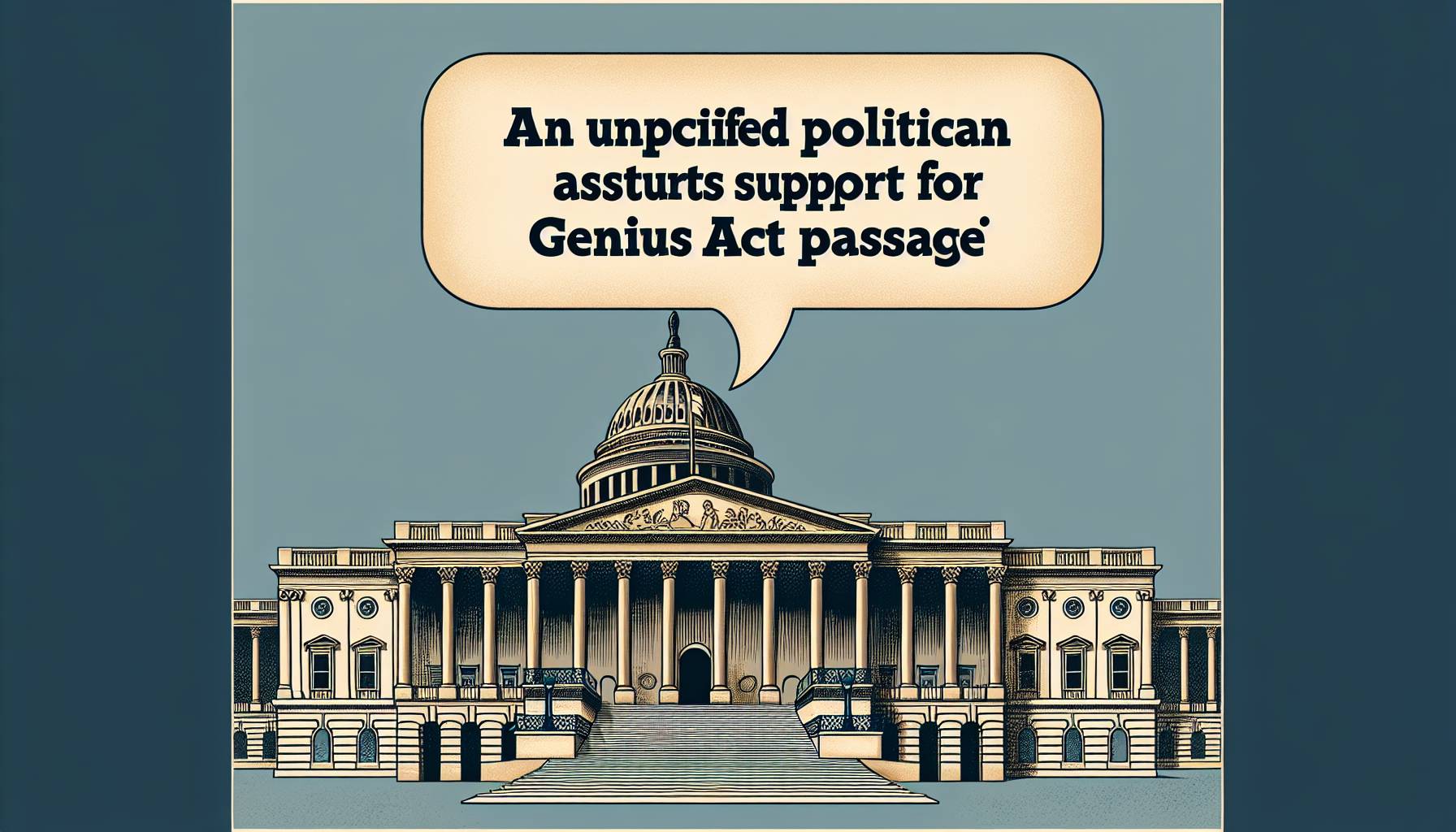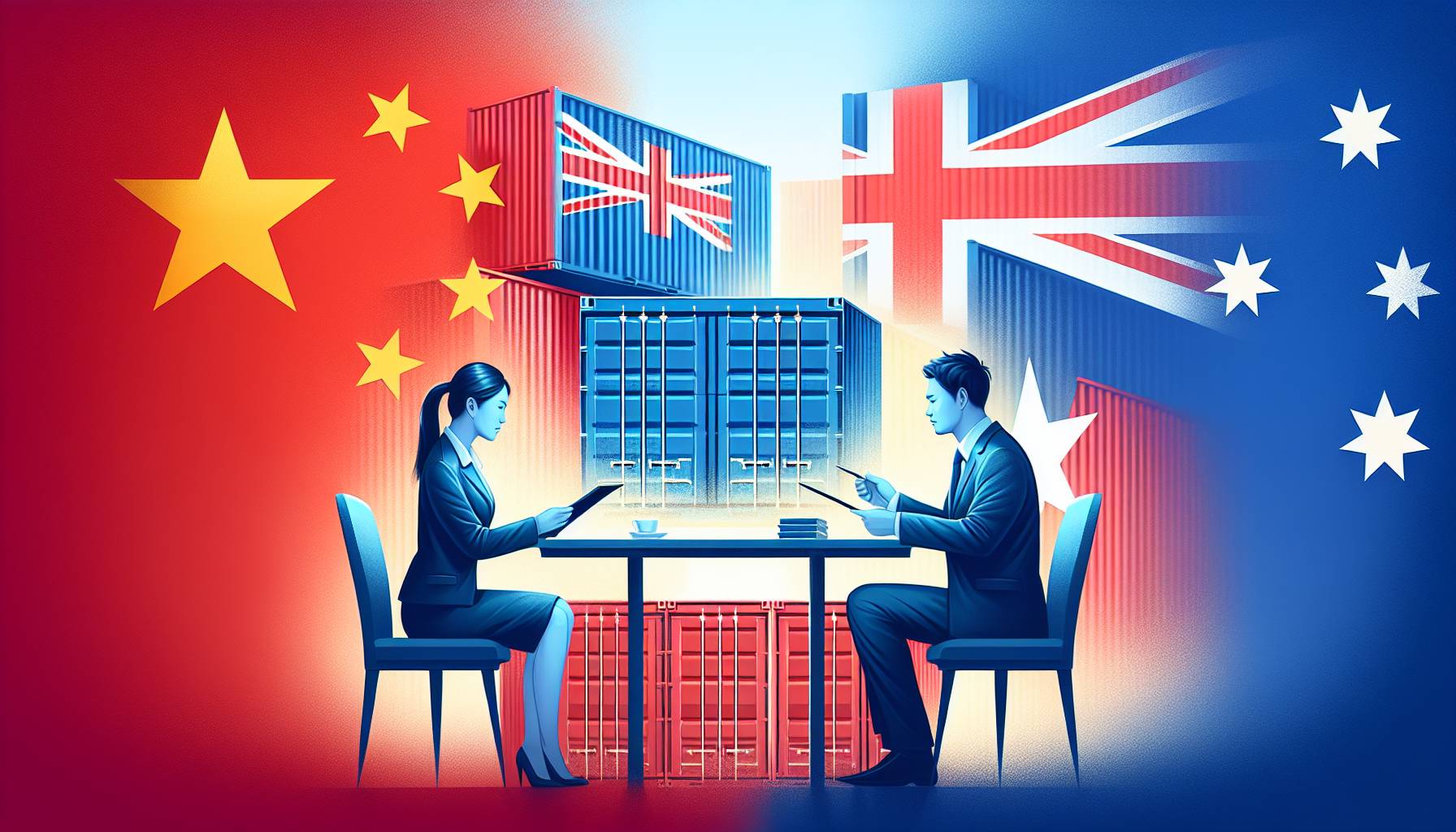President Trump’s tariff strategy impacts Federal Reserve decisions
President Trump’s decision to impose extensive new tariffs on imports from the European Union and Mexico may have significant implications for Federal Reserve decisions regarding interest rate cuts this year. The proposed tariffs, set to begin at 30% on EU and Mexican products starting August 1, represent a continuation of the administration’s tariff strategy, which has previously been communicated to leaders in Asia and Latin America. In particular, targeted countries include Japan, South Korea, and the Philippines.
According to Bank of America, these new tariffs could increase the U.S. effective tariff rate by approximately 4 percentage points. This rise in tariffs coincides with heightened inflationary pressures, creating increased uncertainty about their potential impact. As a result, the Federal Reserve may be inclined to delay any planned rate cuts, opting instead to adopt a wait-and-see approach.
Extending the ‘escalate to de-escalate’ strategy just increases the option value of waiting for the Fed, in line with our out-of-consensus call of no Fed cuts this year.
Economic implications of increased U.S. tariffs
The broader economic impact may also include disruptions to global supply chains. Businesses that operate across borders could face challenges in sourcing materials or distributing products, leading to potential delays and inefficiencies.
With these tariffs, the U.S. effective tariff rate could increase by roughly 4 percentage points, and there is potential for further rises if broader tariffs ranging from 15–20% are enacted. The implications for the Federal Reserve are substantial. Increased uncertainty over the inflationary impact of these tariffs might prompt the Fed to hold off on making rate cuts. This dynamic reflects a strategic extension of the ‘escalate to de-escalate’ approach, boosting the option value of waiting, in alignment with Bank of America’s prediction of no Federal Reserve cuts this year.
The economic implications of these increased tariffs are multifaceted. Firstly, the cost of imported goods from the European Union and Mexico is likely to rise significantly, which may lead to higher prices for consumers in the United States. This inflationary effect could reduce consumer spending, as individuals may be less willing or able to purchase higher-priced goods.
This analysis underscores the delicate balance the Federal Reserve must navigate in its monetary policy. On the one hand, rate cuts could support growth, but on the other, they might amplify inflationary trends exacerbated by the tariffs. The Federal Reserve’s cautious approach reflects a strategic patience, aligning with the notion that extending the ‘escalate to de-escalate’ strategy increases the option value of waiting.
According to Bank of America, the tariff increases could introduce approximately 30 basis points of stagflationary risks. Such risks arise when inflation and unemployment rates rise simultaneously, a challenging situation for policymakers who aim to stimulate economic growth without exacerbating inflation. This environment creates a dilemma for the Federal Reserve, which must weigh the inflationary impact of tariffs against the broader economic slowdown when deciding on interest rate policies.
Bank of America’s analysis on potential stagflation risks
Bank of America’s economic outlook amid these tariff changes presents a complex picture for the U.S. economy. Their economists caution that the proposed tariffs could lead to an inflationary environment, as businesses facing higher import costs might pass these costs on to consumers. This scenario could potentially increase consumer prices, leading to stagflationary risks, which would complicate the Federal Reserve’s policy decisions.
Bank of America’s economists have highlighted the potential stagflationary risks arising from President Trump’s tariff strategy. Stagflation, a combination of stagnant economic growth and high inflation, poses a significant challenge for policymakers. The introduction of new tariffs, raising the effective tariff rate by approximately 4 percentage points, could exacerbate inflationary pressures while dampening economic activity.
Furthermore, the uncertainty surrounding trade policies and potential retaliatory actions may lead to volatility in financial markets. Investors might react to the unpredictability of trade negotiations and tariff implementations, contributing to market fluctuations and impacting investment decisions.
Moreover, American companies that rely on imported materials for manufacturing may face increased production costs, potentially leading to reduced profit margins or the need to pass on costs to consumers. This could also affect the competitive landscape, as companies struggle to balance pricing strategies amidst increased expenses.
impact of new tariffs on federal reserve decisions
Additionally, trading partners affected by the tariffs might retaliate by imposing their own tariffs on U.S. exports. This could harm American exporters, particularly in agriculture and manufacturing sectors, who may see reduced demand for their goods in key international markets.
The recent move by President Trump to impose extensive new tariffs on imports from the European Union and Mexico could have significant repercussions on Federal Reserve decisions regarding interest rate cuts this year. The president has proposed a 30% tariff on products from these regions starting August 1. This action follows earlier communications with Asian and Latin American leaders about new U.S. tariff rates, affecting countries such as Japan, South Korea, and the Philippines.
bank of America’s economic outlook amidst tariff changes
The Bank of America’s position, which diverges from consensus expectations of rate cuts, highlights the possibility that the Fed might prioritize inflation control over immediate growth stimulation. This strategic patience could mean that businesses and consumers will need to brace for a continued period of economic uncertainty.
The uncertainty surrounding the inflationary consequences of the tariffs adds a layer of complexity to the Federal Reserve’s decision-making process. By extending the ‘escalate to de-escalate’ strategy, the administration increases the option value of waiting, leaving the Fed to navigate these uncertain waters carefully. For forex traders, these developments underscore the importance of staying informed about policy shifts and their potential impacts on currency markets.
The analysts at Bank of America suggest that these tariffs might contribute around 30 basis points to stagflationary risks, an increase that is not negligible in the current economic climate. The dual threat of sluggish growth and rising prices could complicate the Federal Reserve’s decision-making process. With inflationary effects from tariffs creating ambiguity, the Fed might opt to maintain the status quo rather than proceed with anticipated rate cuts.
The bank’s economists suggest that the increased inflationary pressure might encourage the Federal Reserve to adopt a more cautious approach, opting to maintain current interest rates rather than implement cuts. This perspective aligns with their out-of-consensus call that the Fed will not pursue rate cuts this year, despite pressures from various quarters.

